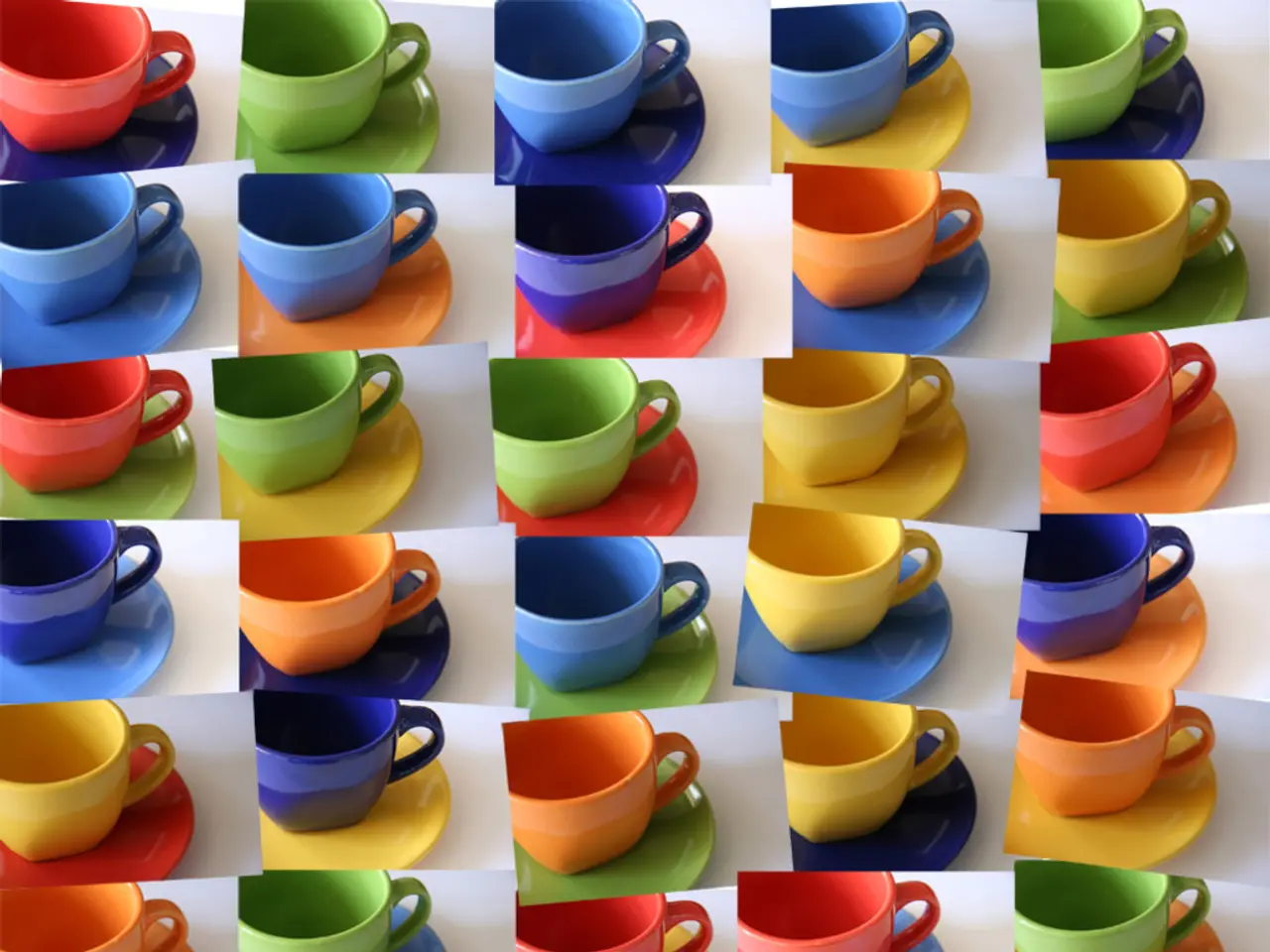Expert advice on achieving a smooth and even floor surface through tiling an uneven floor.
**Preparing a Flat Floor for Tiling: A Comprehensive Guide**
When embarking on a tiling project, ensuring a flat and level subfloor is essential for a successful outcome. According to building regulations and best practices, the floor should have no more than a 3mm variation over a 2-meter straight edge to prevent issues like uneven grout lines and raised tile edges[1].
**Achieving a Flat Floor**
To achieve a flat floor, a variety of tools are recommended:
1. **Carpenter's Level**: A carpenter's level is ideal for checking larger areas. It helps in identifying uneven areas by marking them with chalk, allowing you to measure the extent of the unevenness[1].
2. **Trowels and Spatulas**: These are essential for applying self-leveling compounds or screeds to even out the floor surface.
3. **Self-Leveling Compounds**: These are used to fill in low spots and create a smooth, level surface suitable for tiling.
4. **Flooring Lasers**: These can be used to project a level line across the room, helping to ensure that the floor is evenly laid.
**Preparing Different Floors**
Different types of floors may require specific preparation methods:
- **Concrete Floors**: It is essential to seal porous concrete surfaces and screeds to prevent further issues from arising. A water-based, solvent-free floor primer can be used for this purpose[2]. Apply the primer with a soft roller, and allow it to dry according to the manufacturer's instructions. If there are large cracks in the concrete subfloor, these should be filled with concrete before priming.
- **Wooden Floors**: If you have an uneven wooden floor, it is recommended to secure every board, replace rotten parts, drive in screws where planks squeak, plane or sand down crowns, and skim coat little dips with patching compound. If the floor remains uneven after these steps, it is suggested to screw down a cement backerboard to give a rigid, even platform for tiles[3]. An orbital sander like the SKIL 5" Random Orbital Sander from Amazon is recommended for sanding down wooden floors.
**Choosing the Right Levelling Compound**
When it comes to levelling compounds, Paul Hambidge, Managing Director at Factory Direct Flooring, recommends the Ultra Level IT 2 Self Levelling Compound, available on Amazon. The levelling compound should be mixed with water as per the instructions on the tub, and mixed thoroughly. Once mixed, the compound should be spread evenly and pushed right into the corners and edges with a spiked roller or squeegee[4]. The compound should be allowed to dry completely according to the packet's instructions before laying the new flooring.
**Moisture Considerations**
Before tiling, it's important to check the floor's moisture levels to determine if a moisture barrier is necessary. A moisture measuring meter can be used to check the floor's moisture level, with a threshold of less than 75% humidity[5]. Matt porcelain tiles that mimic hardwood planks are suitable for most areas, including hallways, bathrooms, kitchens, and wet rooms[6].
By following these guidelines and using the recommended tools, you can ensure a properly prepared surface for successful tiling.
[1] https://www.which.co.uk/news/2019/02/how-to-prepare-a-floor-for-tiling/ [2] https://www.diynetwork.com/how-to/projects/how-to-prepare-a-concrete-floor-for-tile [3] https://www.homedepot.com/c/ah/preparing-a-wood-subfloor-for-tile/20255 [4] https://www.homedepot.com/c/ah/how-to-use-self-leveling-compound/20253 [5] https://www.diynetwork.com/how-to/projects/how-to-prepare-a-concrete-floor-for-tile [6] https://www.homedepot.com/b/Building-Materials-Flooring-Tile-Porcelain-Tile-6-in-X-24-in-Matt-Porcelain-Tile-with-Wood-Look-99-1-in-X-24-in-99-1-in-X-12-in-99-1-in-X-6-in-99-1-in-X-3-in-99-1-in-X-12-in-Matt-Porcelain-Tiles/N-5yc1vZbq87 [7] https://www.amazon.co.uk/10-Inch-Spiked-Floor-Roller/dp/B008208B9M [8] https://www.amazon.co.uk/SKIL-Power-Tools-5-Inch-Random-Orbital-Sander/dp/B00K9J20X6
- To ensure a flat bathroom floor for tiling, you may need to use a self-leveling compound or screed with a trowel or spatula to even out the surface.
- A carpenter's level is crucial for identifying uneven areas on your home-and-garden floor and marking them for measurement.
- For an extension project, a flooring laser can be beneficial in projecting a level line across the room for an even tile layout.
- The Ultra Level IT 2 Self Levelling Compound, as recommended by Paul Hambidge, can be used to fill in low spots and create a smooth finish for different types of floors.
- When working on a home-improvement project, it's important to be aware of building regulations concerning floor variations and tile sizing.
- A moisture measuring meter will help you assess the moisture levels in your kitchen or bathroom floor to determine if a moisture barrier is necessary.
- With the right tools and design considerations, you can transform your home's lifestyle by creating beautiful, long-lasting tiled floors in various rooms, such as kitchens and bathrooms.
- A variety of tools, including the SKIL 5" Random Orbital Sander and a 10-Inch Spiked Floor Roller, are essential for preparing different types of floors for tiling and maintaining a smooth finished surface.




